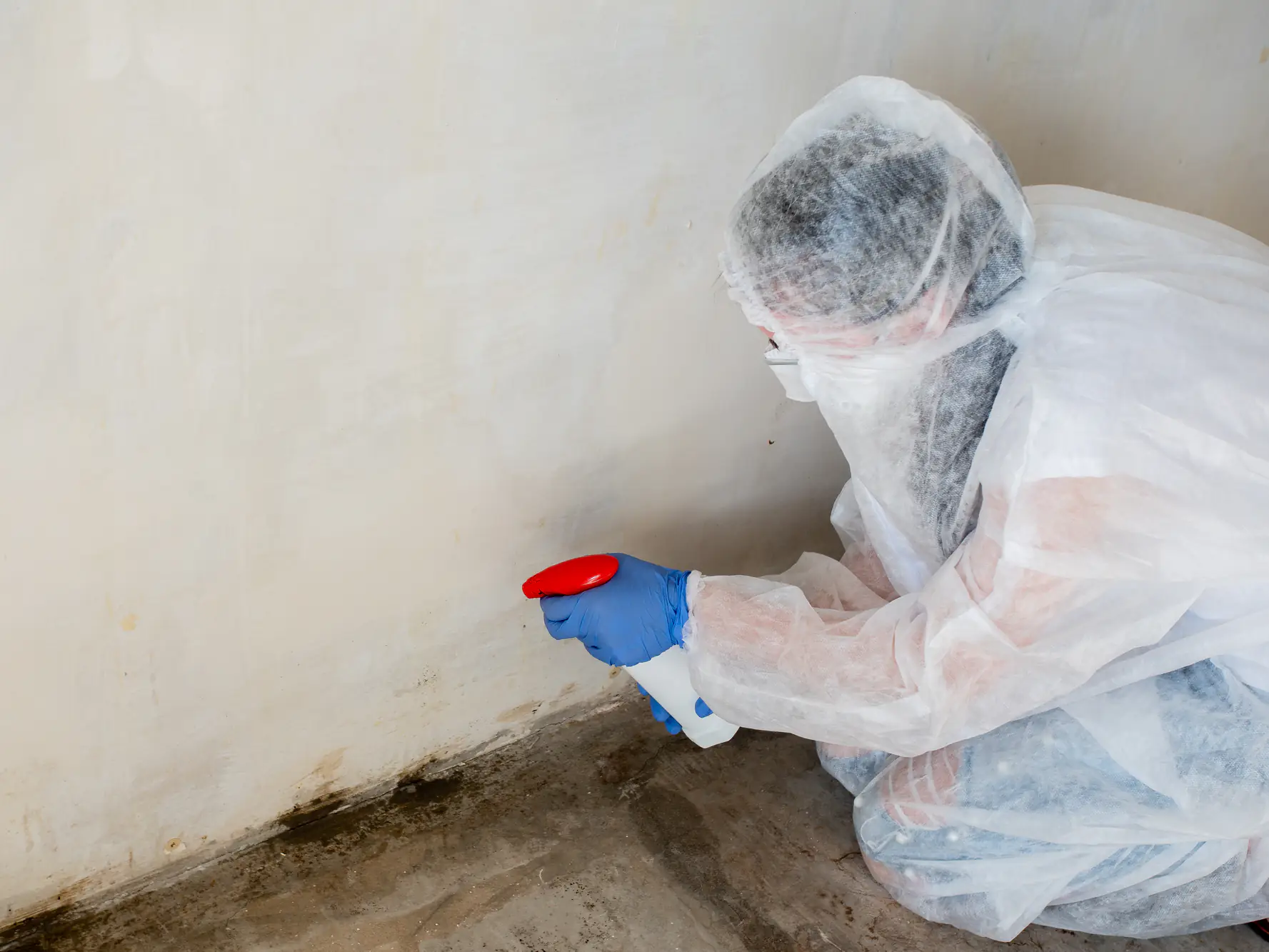
Hear from Our Customers
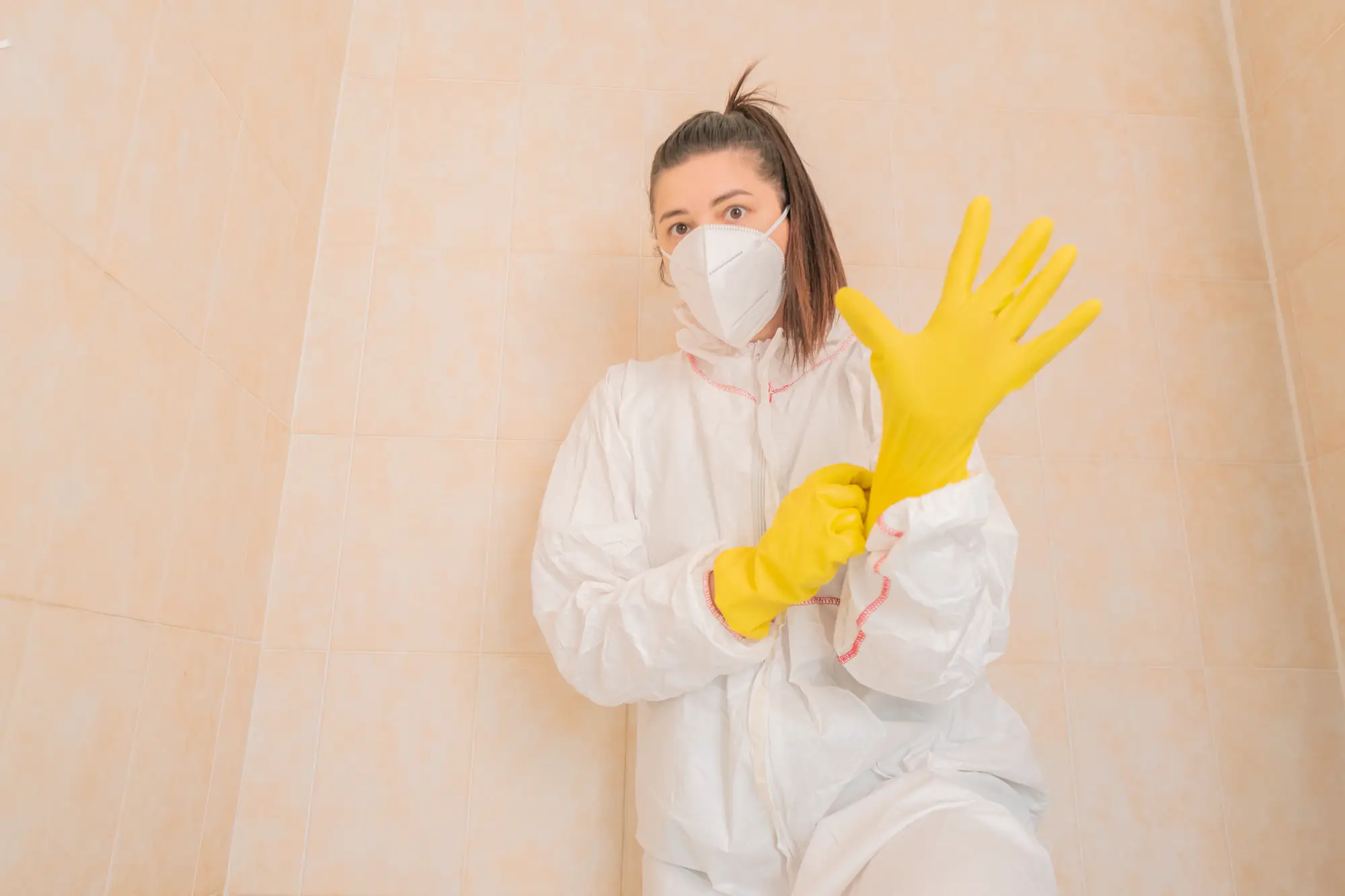
You shouldn’t have to worry about what’s growing in your walls or basement. When mold is gone—really gone—your family can breathe without concern, sleep without that musty smell, and enjoy your home the way it should be.
Your property value stays protected. No more wondering if that spot will spread or if buyers will walk away during inspections. Complete mold removal means your biggest investment stays secure.
The air quality improves immediately. Allergies calm down, respiratory issues ease up, and your home feels fresh again. That’s what happens when the job is done right the first time.
At Mack’s Mold Removal, we understand Bucks County homes. The humid summers, the basement moisture issues, the way mold behaves in older houses—this isn’t guesswork for us.
Our certified technicians have seen it all in Appletree Hill and surrounding communities. From small bathroom spots to full basement remediation, we know what works in this climate and these home types.
We’re not the cheapest option, and that’s intentional. You’re getting EPA-approved methods, professional-grade equipment, and technicians who follow Pennsylvania regulations. When your family’s health is on the line, experience matters.
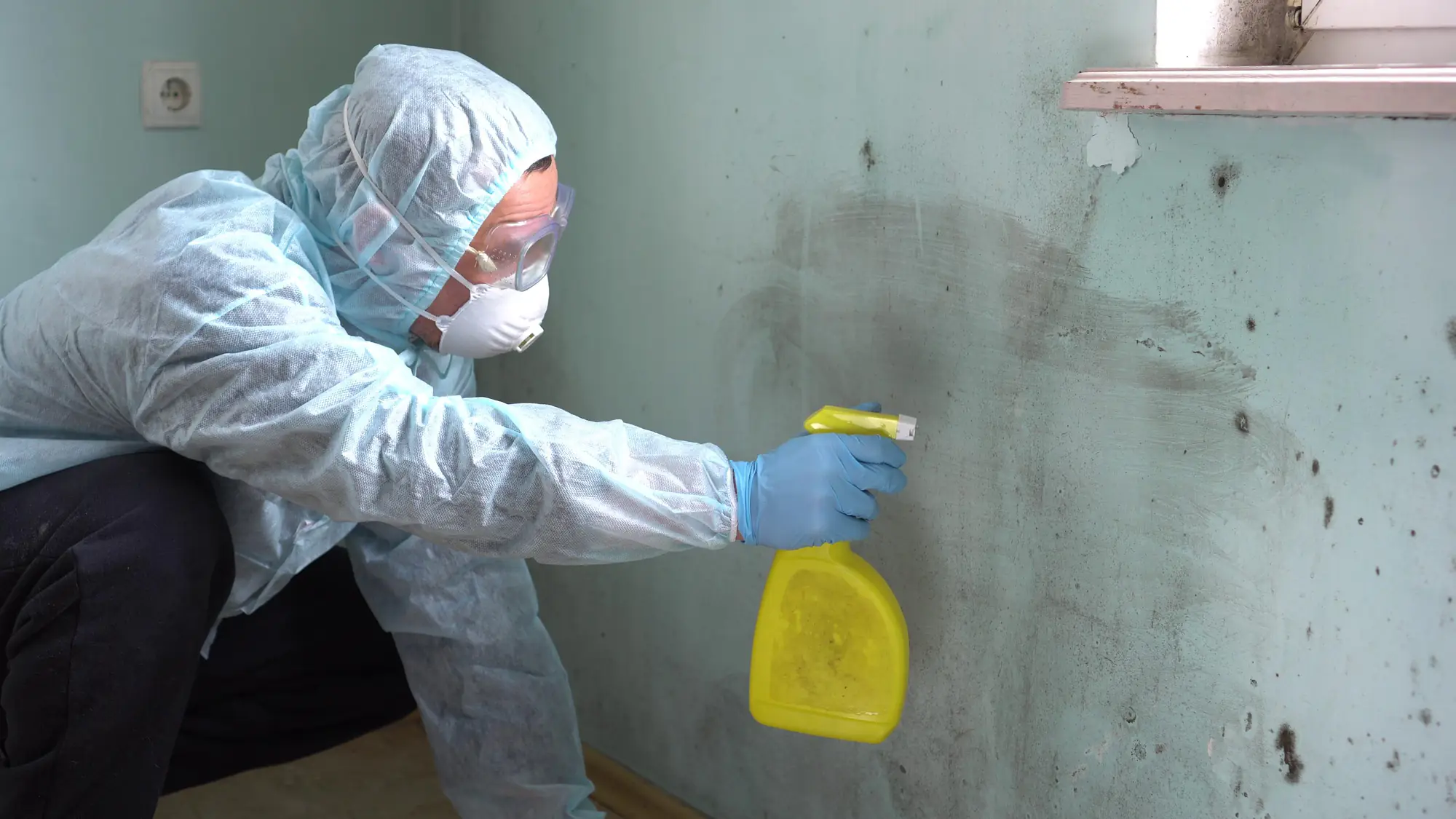
First, we inspect everything—not just the obvious spots. Using moisture meters and thermal imaging cameras, we find where mold is actually growing, including places you’d never think to look. This isn’t a quick walkthrough; it’s a thorough investigation.
Next comes containment. Before any removal starts, we isolate the affected areas so mold spores don’t spread to clean parts of your home. Then the actual removal begins, using specialized equipment and techniques that eliminate mold without just pushing it around.
The final step is prevention. We identify and address the moisture source that caused the problem in the first place. Without fixing the root cause, mold will return. We make sure that doesn’t happen by treating the underlying conditions, not just the symptoms.
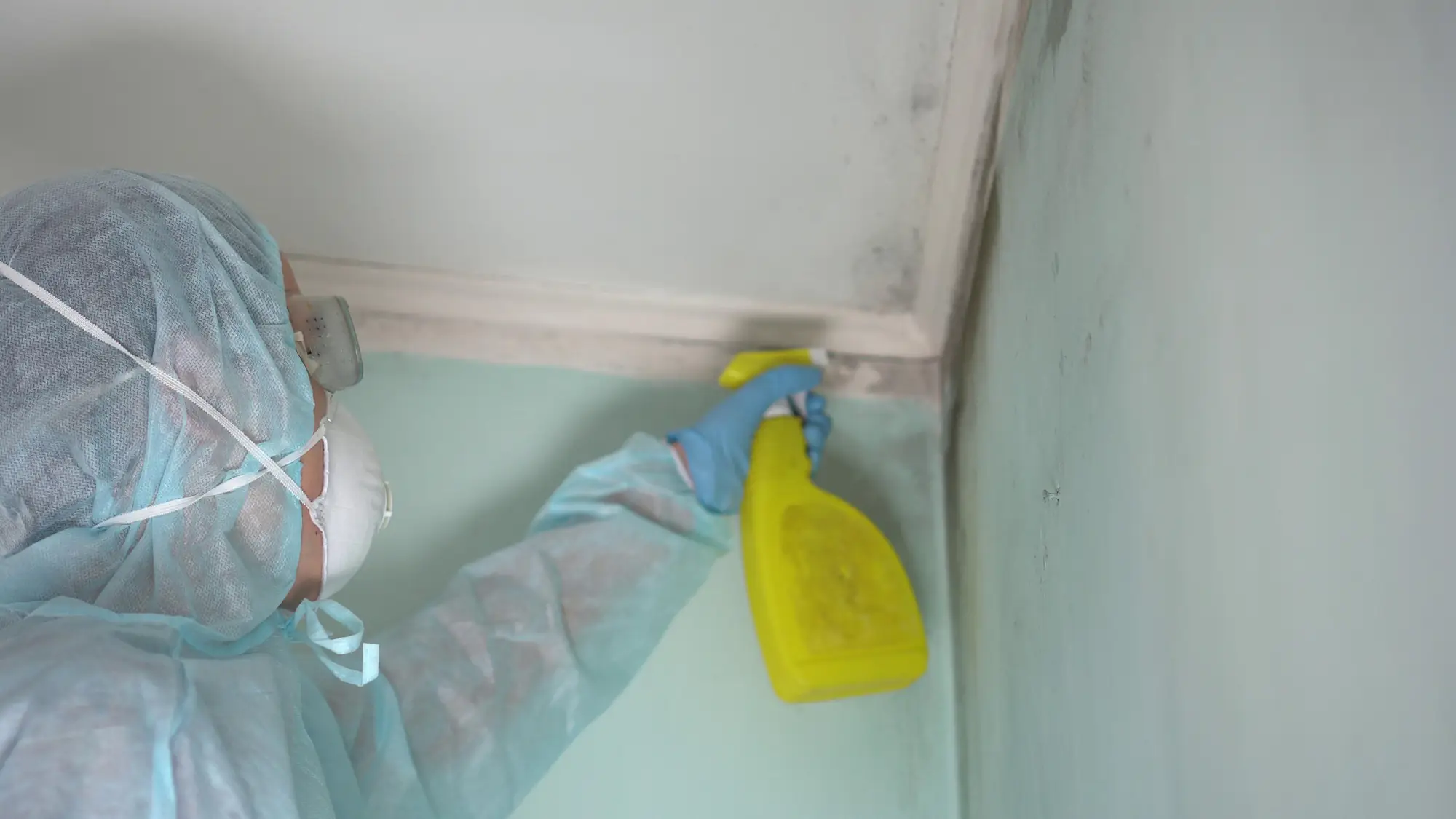
Ready to get started?
You get a comprehensive approach that goes beyond surface cleaning. Air quality testing identifies exactly what types of mold you’re dealing with. Laboratory analysis determines the best removal strategy for your specific situation.
The service includes containment, removal, cleaning, and restoration. We handle everything from initial assessment to final clearance testing. If materials need to be removed and replaced, we coordinate that too.
In Appletree Hill’s climate, prevention is crucial. We’ll identify problem areas specific to your home—whether it’s basement humidity, poor ventilation, or hidden leaks. You’ll get practical recommendations to keep mold from returning, tailored to how Bucks County weather affects your property.
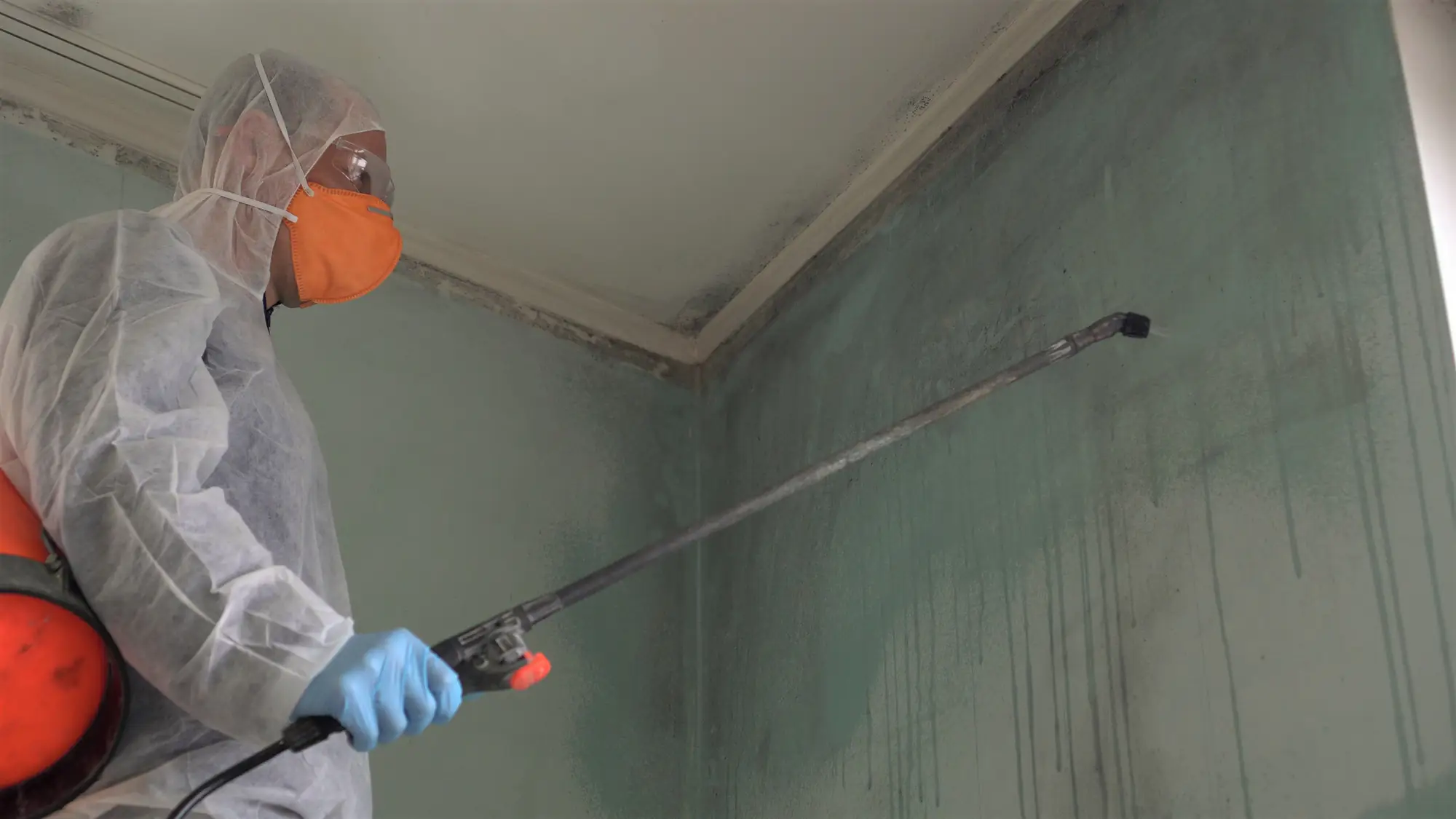
The most obvious sign is a persistent musty, earthy smell that doesn’t go away with normal cleaning. You might notice it strongest in basements, bathrooms, or after humid weather. Visible spots on walls, ceilings, or around windows are another clear indicator.
But mold often hides where you can’t see it. Behind drywall, under flooring, in HVAC systems, or inside wall cavities. If family members are experiencing unexplained respiratory issues, frequent headaches, or worsening allergies—especially when they’re home—that could signal hidden mold growth.
Professional testing removes the guesswork. Air sampling and surface testing can detect mold even when it’s not visible, and lab analysis identifies exactly what types you’re dealing with. This matters because different molds require different removal approaches.
The climate here creates perfect conditions for mold growth. Humid summers combined with temperature fluctuations provide the moisture mold needs to thrive. Many homes in Appletree Hill and surrounding areas have basements that naturally collect moisture from groundwater and poor ventilation.
Older homes face additional challenges. Foundation settling can create small cracks that allow moisture intrusion. Original ventilation systems weren’t designed for today’s energy-efficient, sealed homes, which can trap humidity inside. Historical building materials and techniques sometimes create hidden moisture pockets.
Heavy rainfall and seasonal flooding in Bucks County compound these issues. Even homes that don’t experience obvious water damage can develop mold problems from elevated humidity levels that persist after storms. The key is understanding these local conditions and addressing them proactively.
Most residential mold removal projects take 3-5 days from start to finish, but the timeline depends on the extent of contamination and the size of affected areas. A small bathroom issue might be completed in 1-2 days, while a full basement remediation could take a week or more.
The process can’t be rushed safely. Proper containment, careful removal, thorough cleaning, and final testing all take time. Cutting corners to finish faster often means the mold returns within months, requiring the entire process to be repeated.
Weather affects the timeline too. High humidity can slow drying times, and some materials may need extra time to reach safe moisture levels. Your technician will provide a realistic schedule based on your specific situation and current conditions in the Appletree Hill area.
Coverage varies significantly between policies and insurance companies. Most standard homeowner’s policies exclude mold damage that results from long-term moisture problems or maintenance issues. However, if mold growth results from a covered event—like a burst pipe or storm damage—removal may be covered.
The key is documentation and timing. Insurance companies want to see that you addressed water damage promptly and that mold growth resulted from a sudden, covered incident rather than ongoing maintenance neglect. Professional documentation of the cause and extent of damage strengthens your claim.
Working with experienced mold removal professionals helps with the insurance process. We understand what documentation insurers require, can provide detailed reports and photos, and often work directly with insurance adjusters. This coordination can make the difference between a covered claim and an out-of-pocket expense.
Small surface mold in areas like shower tiles can sometimes be cleaned with household products, but there are important limitations. If the affected area is larger than 10 square feet, involves porous materials, or keeps returning after cleaning, professional removal is necessary.
The bigger issue is that visible mold often indicates a larger problem. What you see on the surface may be just a small portion of the actual contamination. Disturbing mold without proper containment can spread spores throughout your home, making the problem worse.
DIY removal also doesn’t address the underlying moisture source. Without identifying and fixing what caused the mold growth, it will return. Professional assessment identifies these root causes and provides solutions that prevent recurrence, something surface cleaning can’t accomplish.
A thorough inspection typically takes 1-2 hours, depending on your home’s size and the areas of concern. We examine all potentially affected areas, not just obvious spots. This includes basements, crawl spaces, attics, HVAC systems, and areas around plumbing.
We use specialized equipment like moisture meters to detect hidden water sources and thermal imaging cameras to identify temperature variations that indicate moisture problems. Air sampling may be conducted to test for airborne mold spores, and surface samples might be taken from suspicious areas.
You’ll receive a detailed report explaining what was found, the likely causes of any mold growth, and recommended solutions. The inspection includes education about your home’s specific risk factors and practical prevention strategies. There’s no pressure to commit to services during the inspection—the goal is providing you with accurate information to make informed decisions.